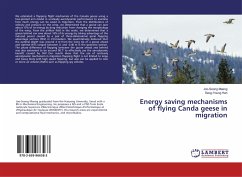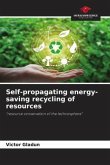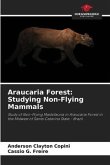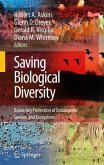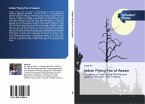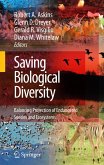We estimated a flapping flight mechanism of the Canada goose using a two-jointed arm model in unsteady aerodynamic performance to examine how much energy can be saved in migration. From the distributions of velocity and pressure on the wing, we determined that a goose can save about 15% of its energy by drag reduction from changing the morphology of the wing. From the airflow field in the wake, we determined that a goose behind can save about 16% of its energy by taking advantage of the induced power caused by a pair of three-dimensional spiral flapping advantage vortices (FAV) in V-formation. We quantitatively deduced that the optimal depth was around 4 m from the wing tip of a goose ahead and optimal WTS ranged between 0. and -0.40 m in the spanwise section. The phase difference of flapping between the goose ahead and behind was also estimated to be around 90.7° to effectively use the aerodynamic benefit caused by FAV. Our results show that the use of unsteady aerodynamic mechanism in migration flapping flight is not limited to large and heavy birds with high speed flapping, but also can be applied to mini or micro air vehicles (MAV) such as flapping spy vehicles.

